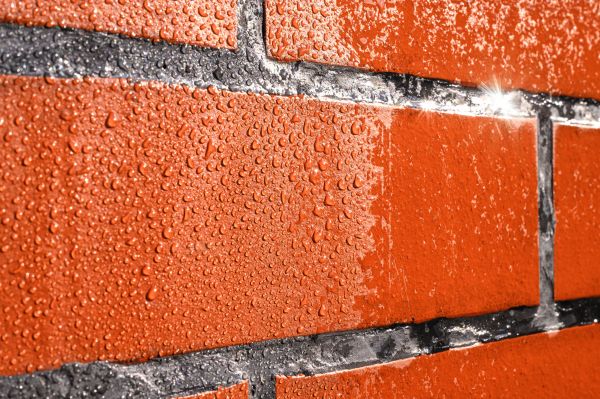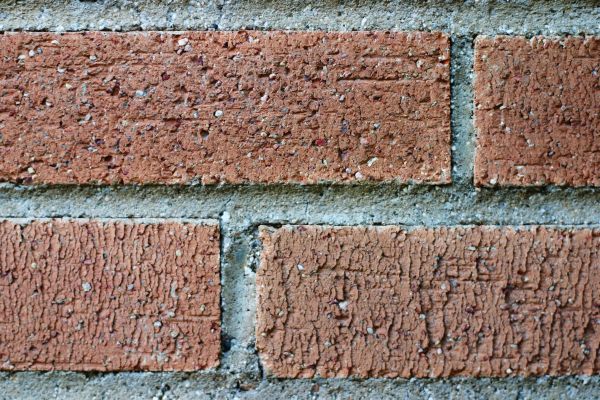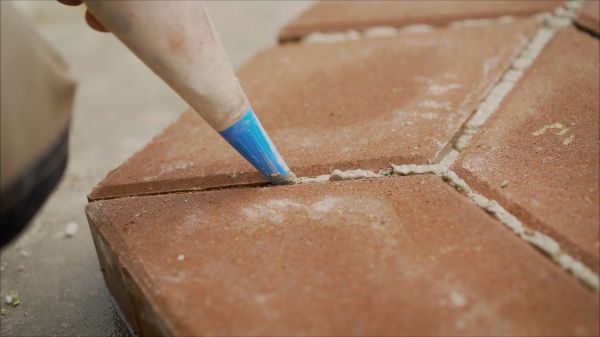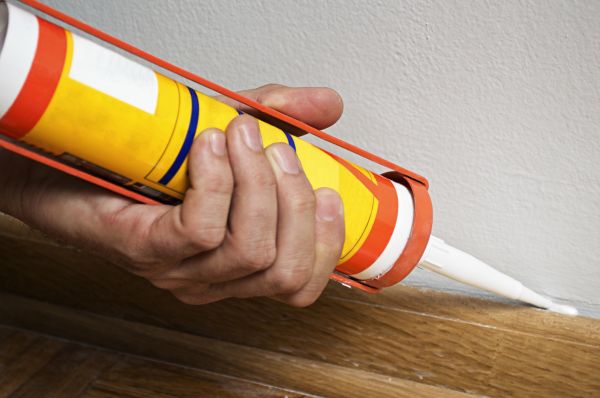Brick Caulking Service
Affordable Brick Caulking
Brick caulking is a crucial maintenance task that involves sealing the joints and gaps between bricks to prevent water infiltration and improve the structural integrity of a building. Over time, weather conditions and natural wear can cause these gaps to widen, leading to potential water damage and energy inefficiency. Proper caulking not only enhances the aesthetic appeal of brickwork but also extends the lifespan of the structure by safeguarding it against moisture-related issues, such as mold and mildew growth. By investing in brick caulking, property owners can ensure their buildings remain durable, energy-efficient, and visually appealing.
Benefits of Brick Caulking
-
Water Damage Prevention
Brick caulking effectively seals gaps and prevents water from seeping into the structure. This is essential in protecting against water damage, which can lead to costly repairs and compromise the integrity of the building's foundation. -
Energy Efficiency
By sealing gaps and cracks, brick caulking helps maintain a building's internal temperature, reducing the need for excessive heating or cooling. This can lead to significant savings on energy bills while providing a more comfortable living or working environment. -
Aesthetic Enhancement
Well-maintained brickwork looks clean and polished. Caulking fills unsightly gaps and cracks, enhancing the overall appearance of the building and potentially increasing its market value. -
Increased Structural Longevity
Regular caulking maintenance can significantly extend the life of a building by protecting it from environmental elements. This proactive approach helps avoid premature deterioration and the need for extensive repairs.
FAQs About Brick Caulking
What types of caulk are best for brickwork?
Silicone and polyurethane caulks are popular choices for brickwork due to their durability and flexibility. They can withstand harsh weather conditions and provide a long-lasting seal.
How often should brick caulking be inspected or replaced?
It's advisable to inspect brick caulking annually. Replacement may be necessary every 5-10 years, depending on the local climate and the building's exposure to the elements.
Can brick caulking be a DIY project?
While small repairs might be manageable for those with some experience, professional brick caulking ensures a thorough and durable application, especially for larger projects.
What signs indicate the need for new brick caulking?
Cracks, gaps, or visible water stains on interior walls are clear indicators that new caulking is required to prevent further damage.
Fill out the contact form today to request expert Brick Caulking services and enjoy the benefits of enhanced protection, energy efficiency, and aesthetic appeal.




